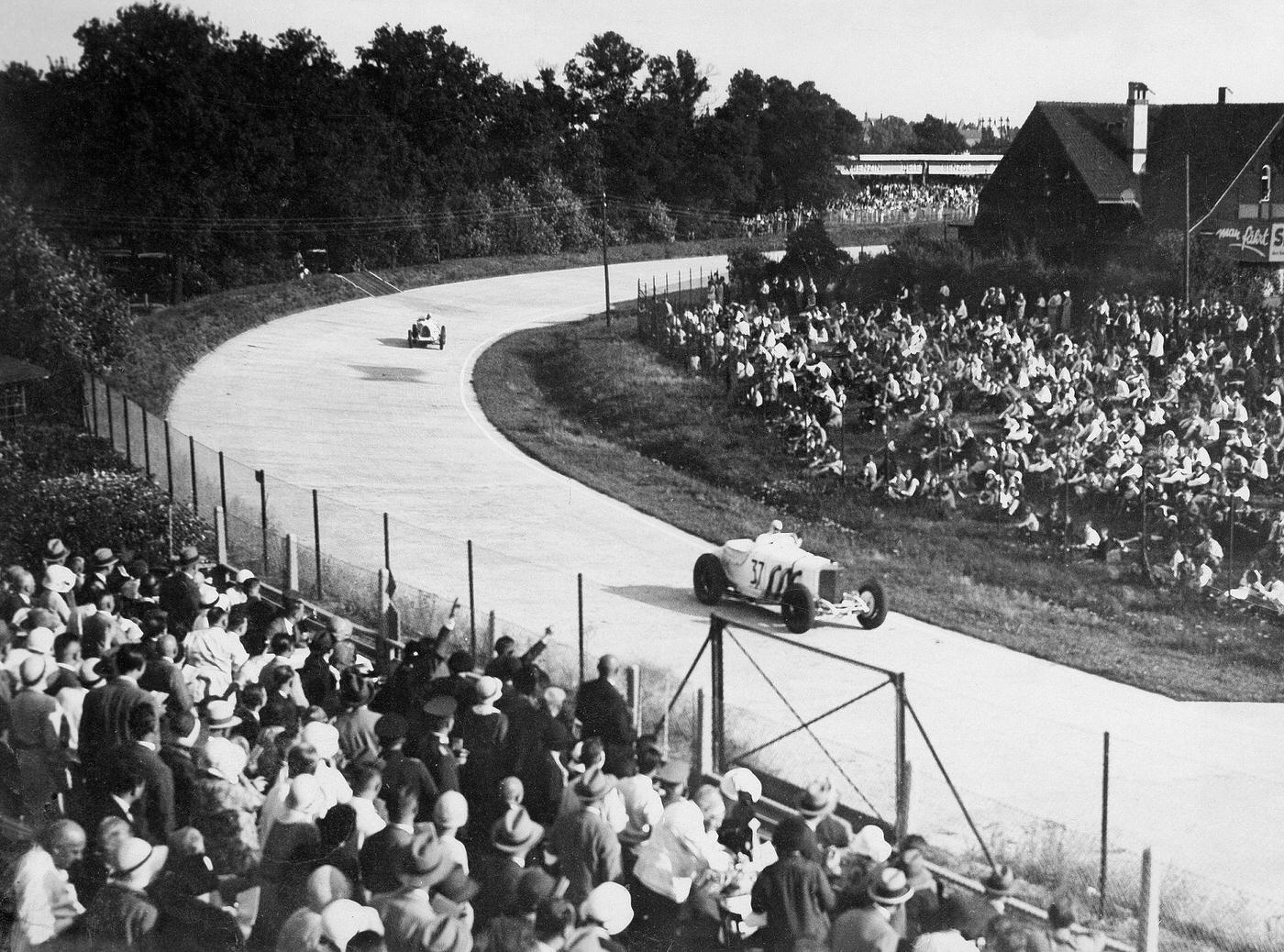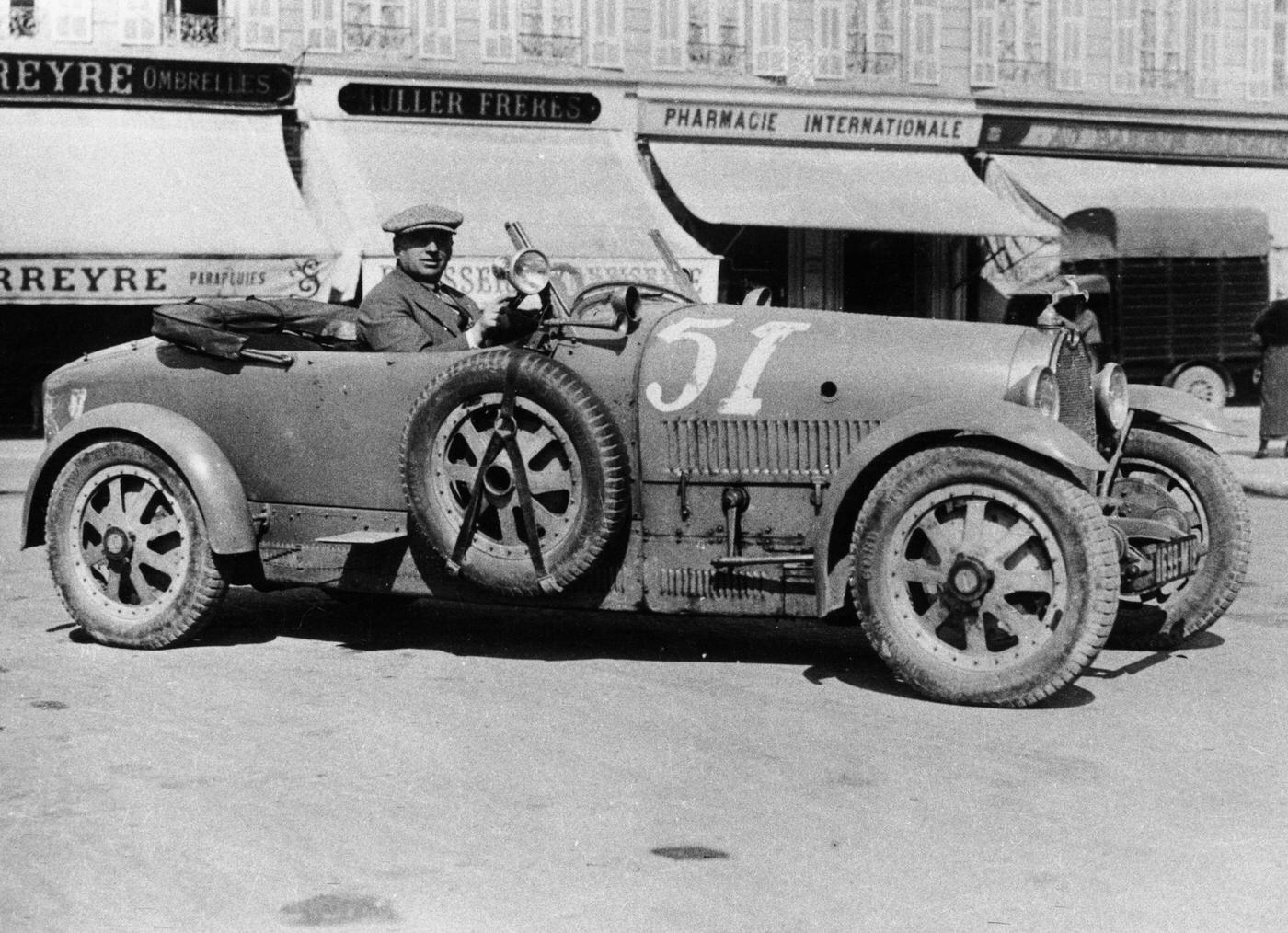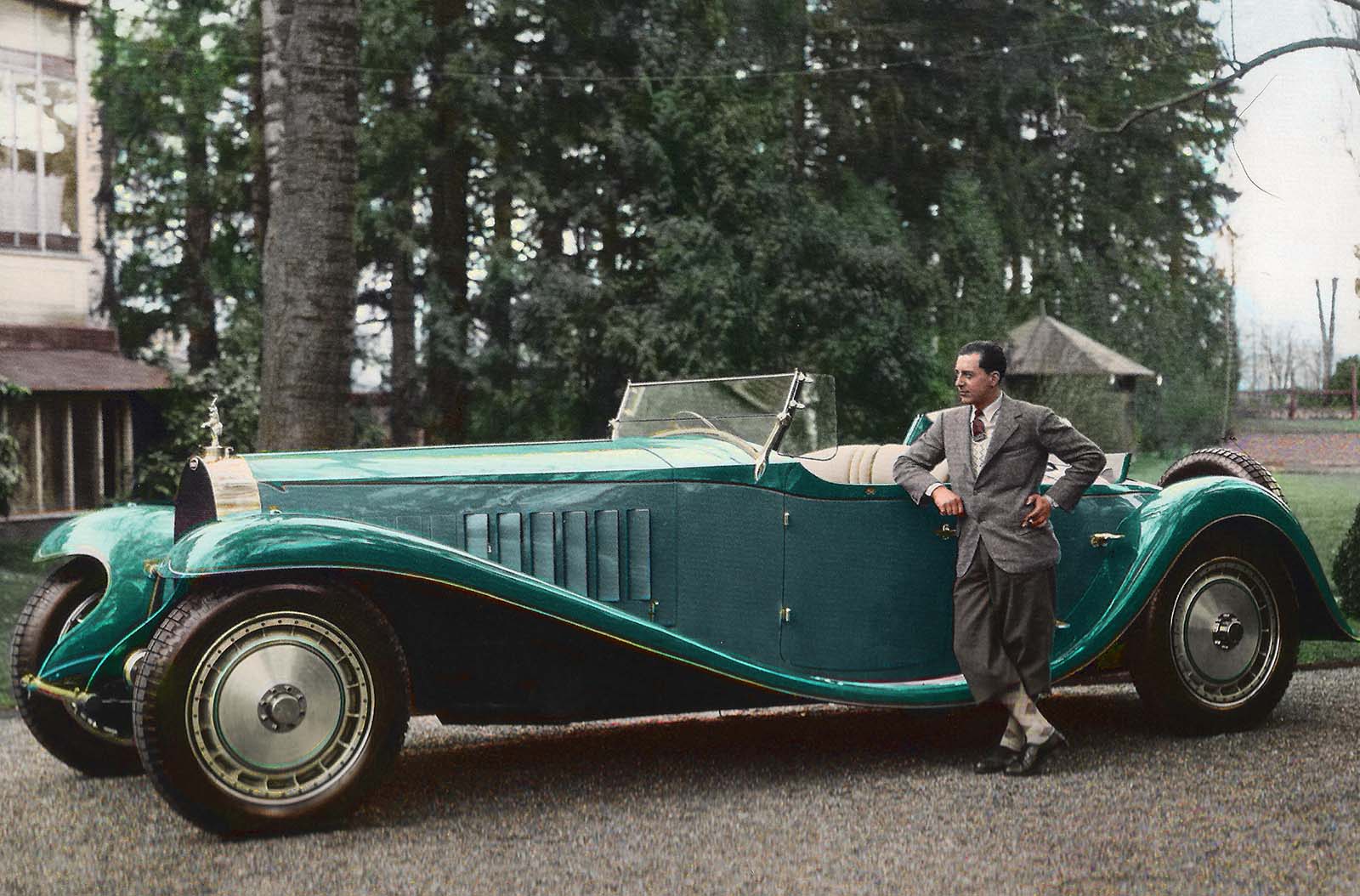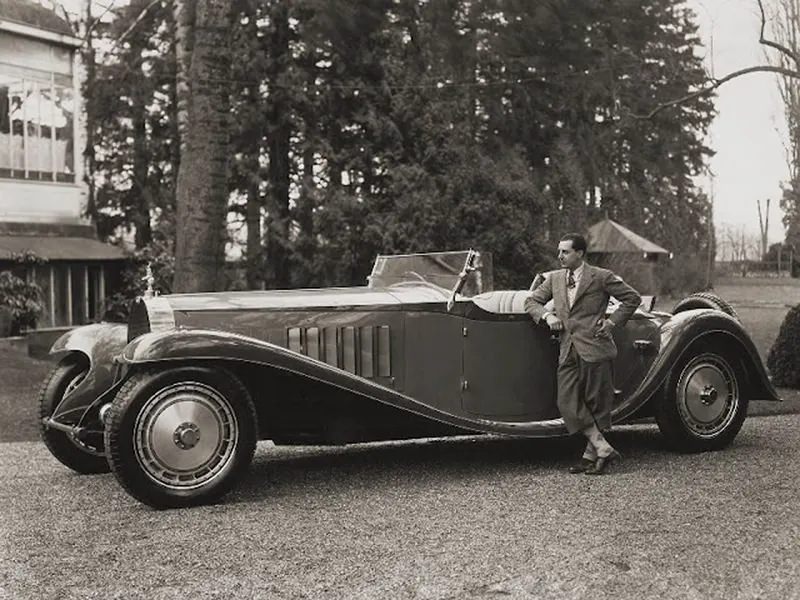During the 1920s and 1930s, Bugatti produced a variety of luxury cars and race cars, many of which were known for their elegant design and impressive performance. Some of the most notable models produced during this period include the Type 13, Type 22, Type 30, Type 35, and Type 41, also known as the “Bugatti Royale.”
Type 13, produced from 1910 to 1914, was the first car produced by Bugatti. It featured a small, 4-cylinder engine and was primarily used for racing. The Type 22, produced from 1913 to 1915, was a larger car with a 6-cylinder engine intended for racing and road use. The Type 30, produced from 1924 to 1926, was a smaller car with a 4-cylinder engine and was primarily used for racing. The Type 35, produced from 1924 to 1929, was one of Bugatti’s most successful racing cars. It featured an 8-cylinder engine and won numerous races during the 1920s. Type 41, produced from 1926 to 1933, was also known as the “Bugatti Royale.” It was a large luxury car with an 8-cylinder engine and was one of the most expensive cars of its time.
All of these models were known for their advanced engineering and high performance. Bugatti cars of the 1920s and 1930s were built with a lot of attention to detail and were known for their excellent handling and speed. They were also known for their unique, elegant design and the use of high-quality materials.
Bugatti was also known for its involvement in racing, and many of its cars were used in competitions such as the Grand Prix and Le Mans. The company’s racing success helped establish its reputation as a manufacturer of high-performance cars.
Bugatti cars of the 1920s and 1930s were marketed as luxury and high-performance vehicles for the wealthy elite. They were primarily sold to wealthy individuals and affluent families who could afford the high price tag and appreciated the car’s exclusivity and prestige. Bugatti also had a strong presence in motorsport, and many of its cars were used in competitions such as the Grand Prix and Le Mans. This helped to establish the brand’s reputation as a manufacturer of high-performance cars and further bolstered the desirability of the cars among the wealthy and car enthusiasts.
During the 1920s and 1930s, Bugatti had limited production and only built a small number of cars each year. This made the cars even more exclusive and desirable to wealthy buyers. Regarding sales, Bugatti cars were not mass-produced and were not widely available. They were primarily sold through a small network of dealers and agents who had a direct relationship with the factory. This made the cars even more exclusive and difficult to acquire, adding to their prestige and desirability among wealthy buyers.
Some notable people who owned Bugatti cars during this time period include King Alfonso XIII of Spain, King George V of England, King Gustav V of Sweden, and French industrialist Ettore Bugatti himself.
#1 Cabriolet by Neuss, 8 cylinder Bugatti of Crown Prince of Sweden
#2
#3 Action from the British Empire Trophy Race, Brooklands, Surrey, 1935. An MG leads an Alfa Romeo and a Bugatti round a hairpin bend.
#4 The starting grid for the Nice Grand Prix, 1934.
#5 Achille Varzi and Tazio Nuvolari, Monaco Grand Prix, 1933.

The 1933 Monaco Grand Prix saw one of the epic duels of Grand Prix history, between Italian rivals Achille Varzi and Tazio Nuvolari. The two fought for the lead over 97 of the 100 laps of the race, with the lead changing hands on frequent occasions. In the end, Varzi emerged victorious while Nuvolari ended up being disqualified for receiving a push from a mechanic. Here Varzi's Bugatti is seen leading Nuvolari's Alfa Romeo into the Loews hairpin.




















































